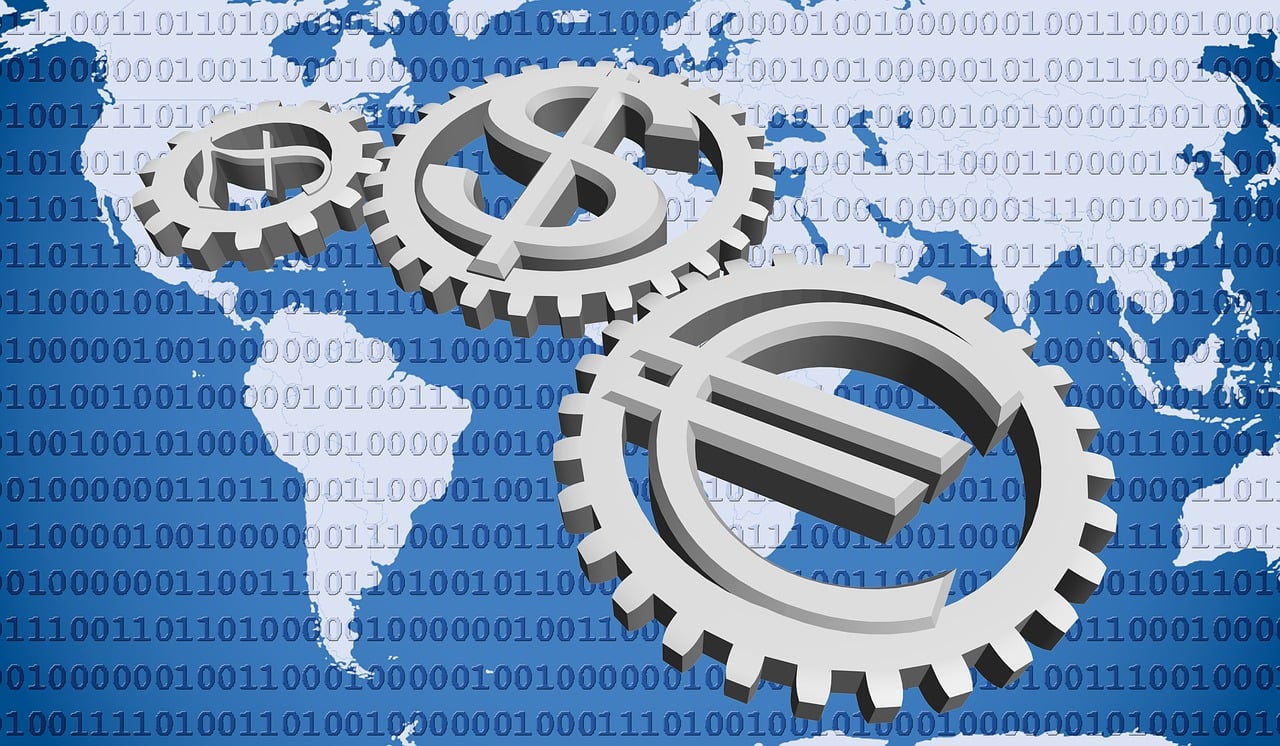In today’s digital age, employee security and wellbeing have become more important than ever. With the rise of cyber threats and increasing pressures at work, it’s essential for companies to prioritize the safety and mental health of their employees. But how can organizations ensure that their staff are protected both online and offline? In this blog post, we’ll explore four strategies for strong employee security and wellbeing that every company should consider implementing. From cybersecurity best practices to wellness initiatives, let’s dive into what it takes to build a healthy workplace culture in today’s fast-paced world.
What is Employee Security and Wellbeing?
Employee security and wellbeing refer to the measures taken by organizations to protect their employees from physical, psychological, or cyber harm. It involves creating a safe environment where staff feel secure both in and out of the workplace.
Physical safety is one aspect of employee security that companies must prioritize. This includes ensuring that workplaces are free from hazards such as faulty equipment, unsafe working conditions, and violence. Companies should have emergency procedures in place to handle any potential threats.
Psychological safety encompasses the emotional and mental well-being of employees. Creating a supportive work culture with open communication channels can help foster trust between management and staff while also encouraging team building activities.
Cybersecurity is another critical area when it comes to employee security nowadays. Since most businesses operate online, there’s an increased risk for cyber attacks leading to data breaches or identity thefts.
By investing in solutions designed to promote employee safety across all areas – including physical, emotional and digital – organizations can ensure they’re taking proactive steps towards protecting their workforce while fostering a positive work environment at the same time!
The Threats to Employee Security and Wellbeing
As technology continues to advance, so do the threats to employee security and wellbeing. One major threat is cyber attacks, which can compromise sensitive company information and put employees at risk. These attacks can come in various forms such as phishing emails, malware infections or ransomware attacks.
Another threat to employee security is workplace violence. This can be caused by a range of factors including personal conflicts between employees, mental health issues or even external factors such as armed robberies.
Stress and burnout are also growing concerns for employee wellbeing. With increasing workloads, deadlines and expectations from employers, it’s no surprise that many employees experience stress-related symptoms such as anxiety and depression.
Physical safety hazards in the workplace pose a threat to employee security and wellbeing too. Workplaces with hazardous materials or dangerous equipment require strict adherence to safety protocols to prevent accidents from occurring.
It’s important for employers to recognize these threats and take proactive steps towards creating a safe working environment for their employees both physically and digitally.
4 Strategies for Strong Employee Security and Wellbeing
Creating a safe and healthy work environment is essential for the success of any business. The wellbeing and security of employees should always be given top priority, as it affects their productivity, motivation, and overall job satisfaction.
Here are four strategies that companies can implement to ensure strong employee security and wellbeing:
1. Regular Training: Conducting regular training sessions can help employees stay informed about potential cyber threats, physical safety measures, and ways to maintain good mental health at work. This ensures that they are equipped with the knowledge and skills necessary to identify risks early on.
2. Promote Work-Life Balance: Encourage your team members to maintain a healthy balance between their personal life and work commitments by implementing flexible working hours or remote working options where possible. By promoting a positive work-life balance for your employees, you will reduce stress levels while boosting morale.
3. Provide Accessible Resources: Make sure your employees have access to resources like counselling services or an Employee Assistance Programme (EAP). These resources can provide support for those who may be struggling with mental health issues like anxiety or depression.
4. Build Strong Relationships: Building trust-based relationships between managers/supervisors and team members creates an open-door policy where everyone feels heard when there’s an issue affecting them at work. Establishing this type of culture enables quick resolution of conflicts before they escalate into bigger problems.
By prioritizing employee security & wellbeing through these practical methods in the workplace will lead not only towards better staff retention rates but also productivity gains too!
Conclusion
In today’s digital age, it is essential for organizations to prioritize the security and wellbeing of their employees. Cyber threats are on the rise, and mental health issues are becoming increasingly common in the workplace.
By implementing strong strategies such as educating employees about cyber threats, providing them with adequate resources for mental health support, promoting a healthy work-life balance, and regularly assessing security measures, employers can ensure that their workforce remains secure and healthy.
Remember that employee security and wellbeing are not just ethical considerations but also contribute significantly to overall productivity. By taking care of your employees’ needs, you’re investing in your organization’s future success.
So take action now! Start by analyzing your current policies and implementing these strategies into your organization. With this new approach towards employee security and wellbeing at the forefront of operations, companies will be better equipped than ever before to thrive in an increasingly complex business environment.










